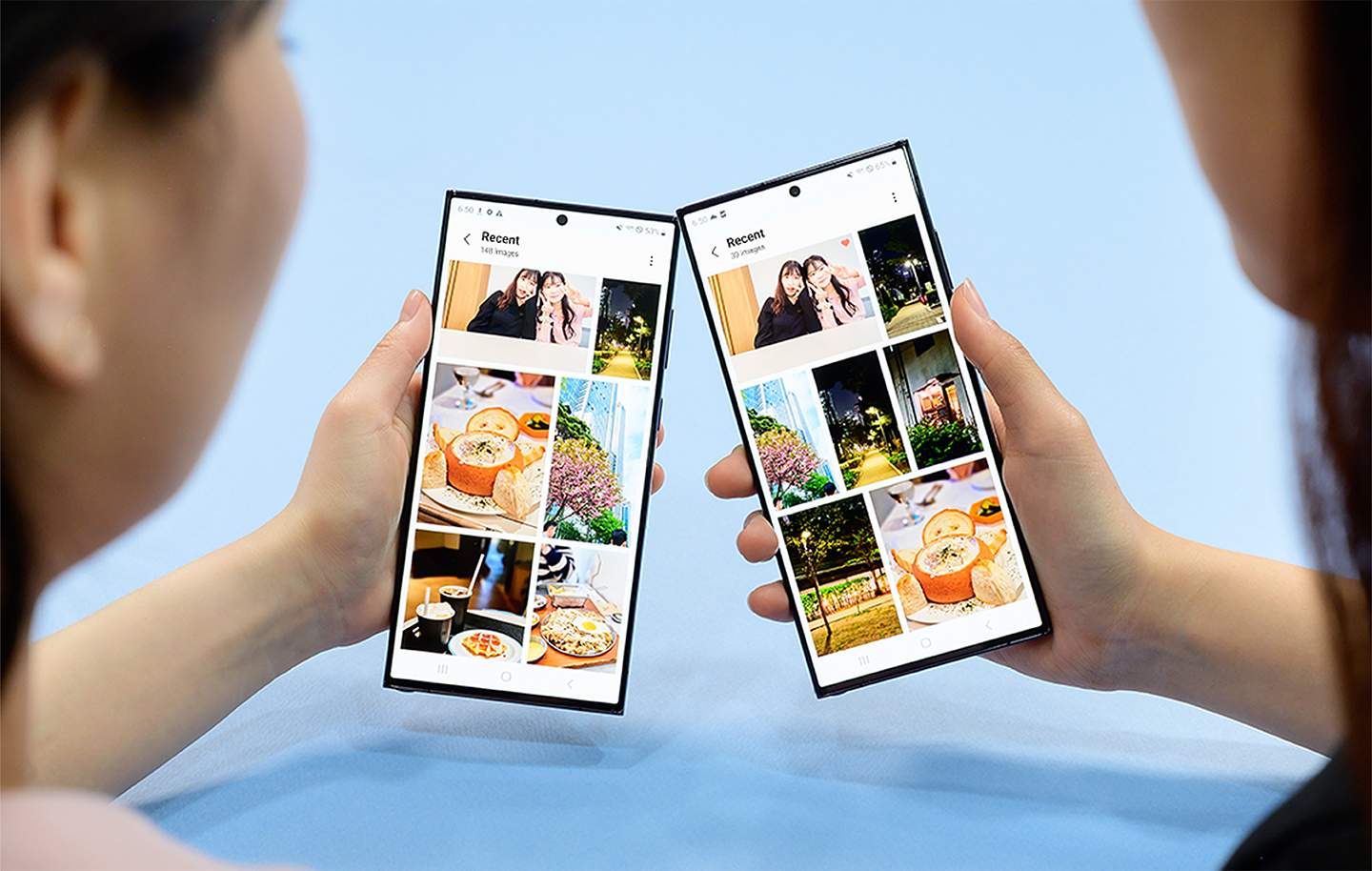Apple has AirDrop and AirPlay to share files between devices or stream content to connected displays, but being an open ecosystem, what does Android have in common? Well, not much to be proud of (at least until 2023), but now they have something valuable in their quiver.
Google has unleashed a series of cutting-edge features at the CES 2024, with the spotlight on the revolutionary Quick Share system. Crafted in collaboration with Samsung, this innovation is poised to supersede Google’s 2020-introduced Nearby Share.
What’s intriguing is Google’s adoption of Samsung’s terminology for this service, now dubbed Quick Share. Billed as the epitome of technological convergence, Google asserts it has seamlessly integrated experiences with Samsung, fashioning the ultimate default, built-in option for peer-to-peer content sharing across all Android and Chrome OS devices.
Google is also partnering with leading PC manufacturers, including LG, to extend the Quick Share functionality to Windows PCs as a preinstalled app in the near future. The simplicity of the new system is striking, just tap the Quick Share icon, and a list of available nearby devices materialises. Users can control who discovers their device and sends files, choosing from options like everyone, only contacts, or exclusively their own devices. The anticipated rollout of Quick Share to existing Nearby Share-enabled devices is slated for February.
Shifting gears, the Fast Pair feature is set to expand its reach to Chromecast with Google TV in the coming month, with plans to encompass additional Google TV devices later in the year. Connecting compatible headphones or speakers to your Google TV becomes a seamless experience with a single tap after putting your accessory in pairing mode. Google tantalisingly hints at user-friendly audio output controls for swift transitions back to default TV audio.
Google foresees LG’s 2024 TV lineup, along with devices in LG Hospitality and LG Healthcare, featuring Chromecast built-in, opening avenues for seamless casting from your phone to the LG TV in your hotel or hospital room. The tech giant reveals an impressive user base of over 220 million monthly active Google TV and Android TV devices.
An upcoming casting feature, slated for later this year, will empower users to seamlessly shift what’s playing on Spotify and YouTube Music from their Pixel phone to a docked Pixel Tablet when in proximity. This functionality promises a smooth transition from on-the-go listening to an immersive tablet experience at home.
Looking ahead, LG TVs and select Google TV and Android TV devices are poised to evolve into hubs for Google Home, simplifying the process of adding Matter protocol-supported devices to home networks and enabling local control through the Google Home app.
